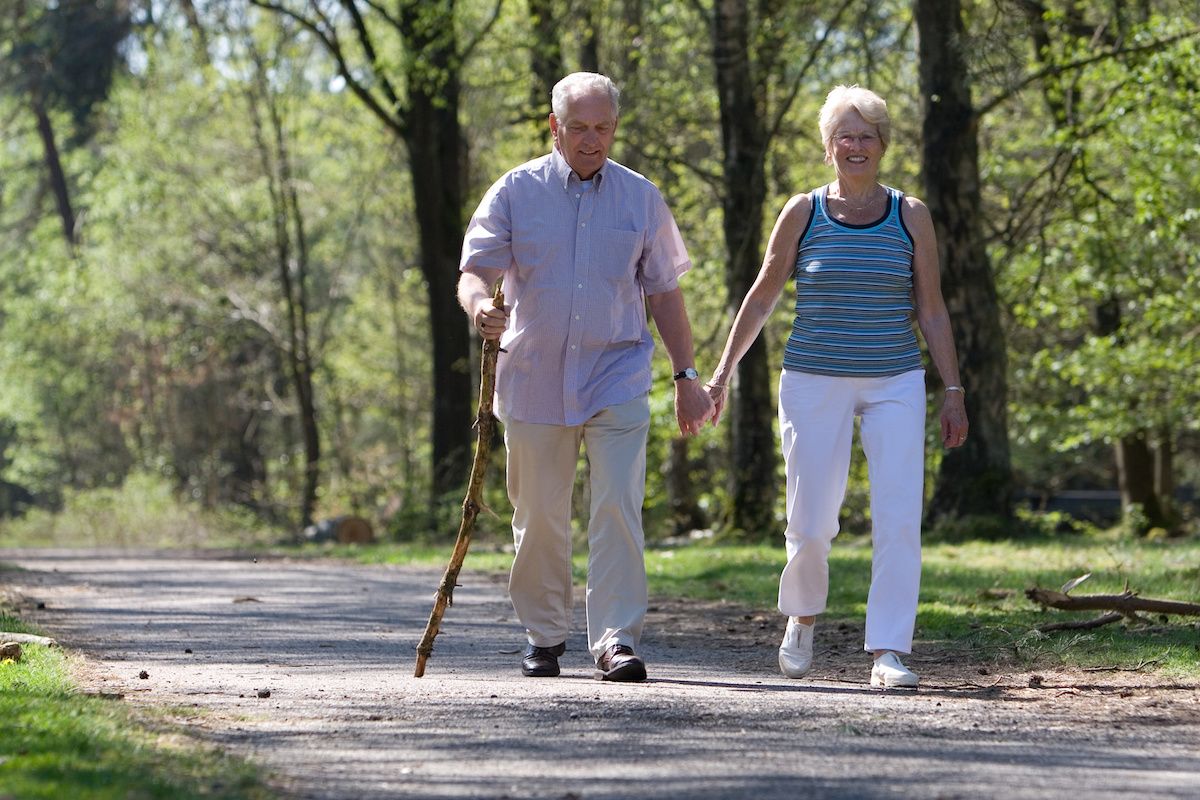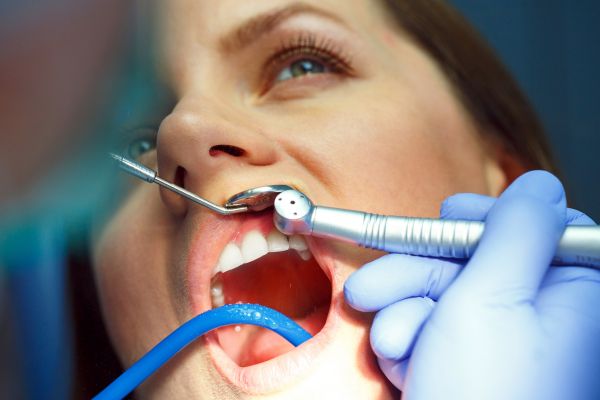Research conducted at Roswell Park shows that cancer patients who exercise regularly, both before and after their diagnosis, have a significantly higher chance of survival than those who don’t. The study, published in a recent issue of the journal Cancer Causes & Control, adds to growing evidence that physical activity is an important part of a cancer prevention and treatment plan.
A physically active lifestyle can help reduce the risk of many diseases, including breast and colon cancer, but surprisingly few studies have focused on the link between regular physical activity and survival for many different types of cancer. This large study shows the potential value of regular exercise for both cancer patients and survivors, regardless of age, weight, whether they smoke, or the type or stage of cancer.
Led by Rikki Cannioto, PhD, EdD, Department of Cancer Prevention and Control, a team of Roswell Park researchers examined the impact of exercise on survival, both before and after a cancer diagnosis. The study involved 5,807 patients enrolled in Roswell Park’s Data Bank and BioRepository, which stores biological samples plus medical and health behavior information from both cancer patients and people who have never had cancer.
Patients included in the study were diagnosed with a wide range of early- to late-stage cancers, including breast, prostate, hematological (blood-based), lung, colorectal, kidney, esophageal, bladder, ovarian, endometrial, pancreatic, liver, stomach, sarcoma, head & neck, cervical, thyroid, testicular, brain and skin. The researchers looked at the relationship between cancer survival and recreational physical activity for people in the group, paying special attention to the type of exercise involved as well as how often, how long, and how hard the people exercised every week in the 10 years leading up to their cancer diagnosis — and how often they exercised weekly within a year of their diagnosis.
Never miss another Cancer Talk blog!
Sign up to receive our monthly Cancer Talk e-newsletter.
Sign up!Even a Little Exercise Is Better Than None
Overall, the results showed that patients who exercised regularly both before and after their diagnosis had a significantly lower risk of death (40%) compared with patients who didn’t exercise. Patients who exercised three or four times a week, both before and after diagnosis, had the greatest survival advantage, but those who exercised only once or twice a week also had significantly better survival compared to inactive patients. This suggests that any amount of regular, weekly activity is better than no activity.
The strongest link between exercise and reduced risk of death was seen in eight types of cancer: breast, colon, prostate, ovarian, bladder, endometrial, esophageal and skin.
Dr. Cannioto says the data show that “when it comes to exercise, some weekly activity is better than no activity. The study also demonstrates that low to moderate frequencies of weekly exercise is linked to significantly improved survival. That’s encouraging, because cancer patients and survivors can be overwhelmed by the current recommendations that they engage in moderate to intense physical activity for at least 30 minutes a day."
Never Too Late to Start
Improved survival was strong even for patients who began exercising only after being diagnosed with cancer, suggesting that the diagnosis can jump-start healthy behavior changes in some patients. “Patients who reported never doing any type of exercise until they got their diagnosis cut their risk of death by 25-28% compared with those who remained inactive even after the diagnosis,” adds Dr. Cannioto. “Our research suggests that it’s never too late to start an exercise program.”
The strong connection between physical activity and decreased risk of death was seen across the entire group of patients, regardless of age, sex, body mass index, smoking status, or stage of cancer, suggesting that physical activity on its own can help improve survival.
“This is good news for all cancer patients,” says Christine Ambrosone, PhD, Senior Vice President of Population Sciences, Chair of Cancer Prevention & Control, Director of the DBBR, and senior author of the research study. “This shows that being active can not only improve quality of life but increase survival as well.”



